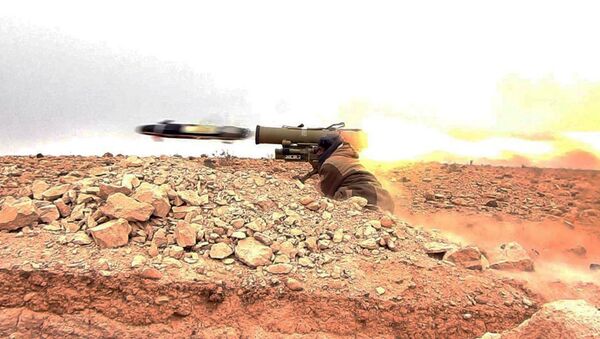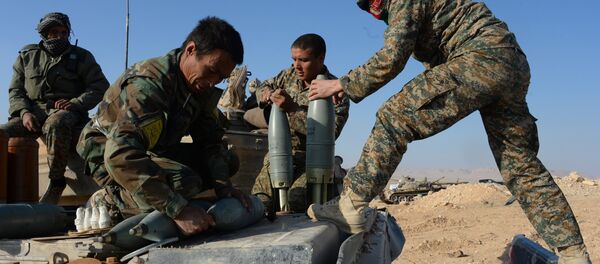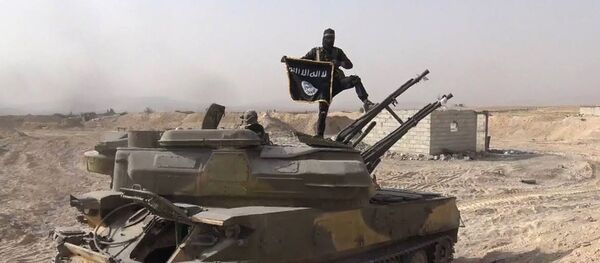Up to 5,000 militants, including hundreds of suicide bombers and dozens of vehicles, took part in the offensive.
They had reportedly relocated from Mosul in Iraq and the Syrian provinces Deir ez-Zor and Raqqa, where the US-backed Syrian Democratic Forces (SDF) had stalled their planned attack on the group.
Their ability to reach Palmyra apparently undetected by regional surveillance operations has been a cause for consternation. One theory is that the fighters disguised themselves as local people, military expert Alexander Perendzhiev, a lecturer at Moscow's Plekhanov Russian University of Economics, told RIA Novosti.
"Terrorists in Syria use sophisticated tactics to move in small groups, so-called 'flash mob tactics.' Under the guise of Bedouins, local people or even Syrian army soldiers, they come from different directions and meet in an inconspicuous place. As a result, suddenly there is an unexpectedly large force in one place."
"The terrorists have taken more than one city using this tactic, but we still haven't learned to actively counteract it," he added.
While the Syrian army had directed many of its resources towards Aleppo, Perendzhiev said that Daesh's return to Palmyra was relatively predictable given its importance.
"The next step after capturing Aleppo should have been the capture of these oil deposits, the oil from which goes to Arab countries – Saudi Arabia and the UAE. The terrorists' sponsors aren't going to give them up, that's why they provided the resources for the attack on Palmyra. At the same time, in addition to arms, munitions and personnel support, the fighters were provided with strategic assistance," Perendzhiev said.
Never miss a story again — sign up to our Telegram channel and we'll keep you up to speed!
https://telegram.me/sputniknewsint




